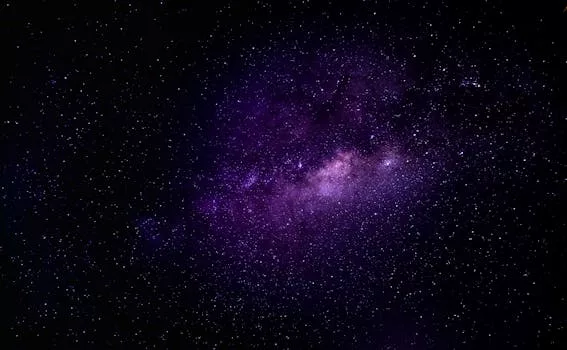
“
Beyond the Milky Way: Imagining New Worlds and Possibilities
Introduction to Beyond the Milky Way: Imagining New Worlds and Possibilities
Beyond the Milky Way: Imagining New Worlds and Possibilities is an exciting topic that has captivated human imagination for centuries. As we continue to explore and understand our own galaxy, we can’t help but wonder what lies beyond. The possibility of new worlds, civilizations, and life forms is a tantalizing prospect that has driven space exploration and research. In this article, we will delve into the possibilities of what exists beyond the Milky Way and explore the latest discoveries and theories in the field of astronomy.
Understanding the Milky Way
The Milky Way is our home galaxy, a vast collection of stars, gas, and dust that is estimated to contain hundreds of billions of stars. It is a barred spiral galaxy, with a supermassive black hole at its center. The Milky Way is thought to have formed around 13.6 billion years ago, during the early days of the universe. Our solar system is located in one of the outer spiral arms of the galaxy, about 27,000 light-years from the center.
Exploring Beyond the Milky Way
As we look beyond the Milky Way, we enter the realm of intergalactic space, where galaxies are separated by vast distances. The nearest major galaxy to the Milky Way is Andromeda, which is approximately 2.5 million light-years away. There are many other galaxies in the observable universe, each with its own unique characteristics and features. Some galaxies are similar to the Milky Way, while others are very different, with different shapes, sizes, and compositions. For a deeper understanding of these galaxies, check out our post on Charting New Realms.
Discovering New Worlds
The discovery of exoplanets, planets that orbit stars other than the Sun, has opened up new possibilities for the search for life beyond Earth. Thousands of exoplanets have been discovered so far, and many of these planets are believed to be located in the habitable zones of their respective stars, where conditions are suitable for life as we know it. The discovery of exoplanets has also led to a greater understanding of the formation and evolution of planetary systems, and has raised hopes that we may one day find evidence of extraterrestrial life. To explore more about the creativity involved in this search, read our article on Cosmic Creativity.
Imagining New Civilizations
The possibility of intelligent life existing elsewhere in the universe is a topic of much debate and speculation. While there is currently no definitive evidence of extraterrestrial civilizations, there are many reasons to believe that the probability of life existing elsewhere in the universe is quite high. The discovery of exoplanets and the study of the origins of life on Earth have led to a greater understanding of the conditions necessary for life to arise and thrive. As we continue to explore the universe and search for signs of life, we may one day encounter evidence of intelligent life beyond Earth. For insights on how imagination plays a role in this exploration, see our post on Stargazing and Storytelling.
Conclusion and Takeaways
In conclusion, the possibilities that exist beyond the Milky Way are endless and fascinating. From the discovery of new galaxies and stars to the search for life and intelligent civilizations, there is still so much to explore and discover. As we continue to push the boundaries of space exploration and research, we may uncover secrets that challenge our current understanding of the universe and our place within it. The main takeaways from this article are:
- The Milky Way is just one of many galaxies in the observable universe, each with its own unique characteristics and features.
- The discovery of exoplanets has opened up new possibilities for the search for life beyond Earth.
- The possibility of intelligent life existing elsewhere in the universe is a topic of much debate and speculation.
- The search for life and intelligent civilizations beyond Earth is an active area of research and exploration.



